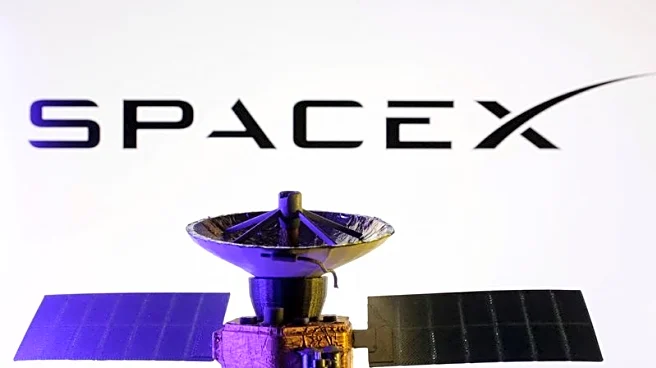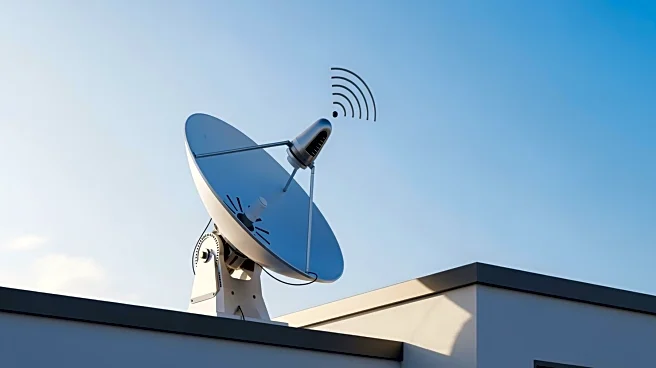What's Happening?
Starlink has launched a new $40 monthly internet plan, named 'Residential 100 Mbps', which offers download speeds capped at 100 Mbps and upload speeds between 15 and 35 Mbps. This plan is half the price
of Starlink's previous entry-level plan, which was priced at $120 per month. However, the availability of this plan is limited to certain areas, primarily where Starlink has excess capacity. The plan is designed for small households with basic internet needs, but may struggle with bandwidth-intensive activities. Starlink's service relies on a network of satellites, which limits the number of users it can support compared to traditional cable or fiber providers.
Why It's Important?
The introduction of a more affordable internet plan by Starlink is significant as it addresses the issue of internet accessibility in rural areas, where traditional broadband services are often unavailable or too expensive. By offering a lower-cost option, Starlink is making strides towards bridging the digital divide. However, the limited availability of the plan means that not all potential users will benefit from this reduced pricing. The move also highlights the competitive landscape in the satellite internet market, where providers are seeking to expand their user base by offering more cost-effective solutions.
What's Next?
Starlink's new plan may prompt other satellite internet providers to reconsider their pricing strategies to remain competitive. Additionally, as Starlink continues to expand its satellite network, the availability of the $40 plan could increase, potentially reaching more underserved areas. The company may also explore further innovations to enhance service quality and capacity, ensuring that more users can access affordable internet without compromising on speed or reliability.
Beyond the Headlines
The affordability of internet services is a critical factor in ensuring equitable access to digital resources, particularly in rural and remote areas. Starlink's initiative could influence broader policy discussions on internet accessibility and affordability, encouraging government and private sector collaboration to improve infrastructure and reduce costs for consumers.












